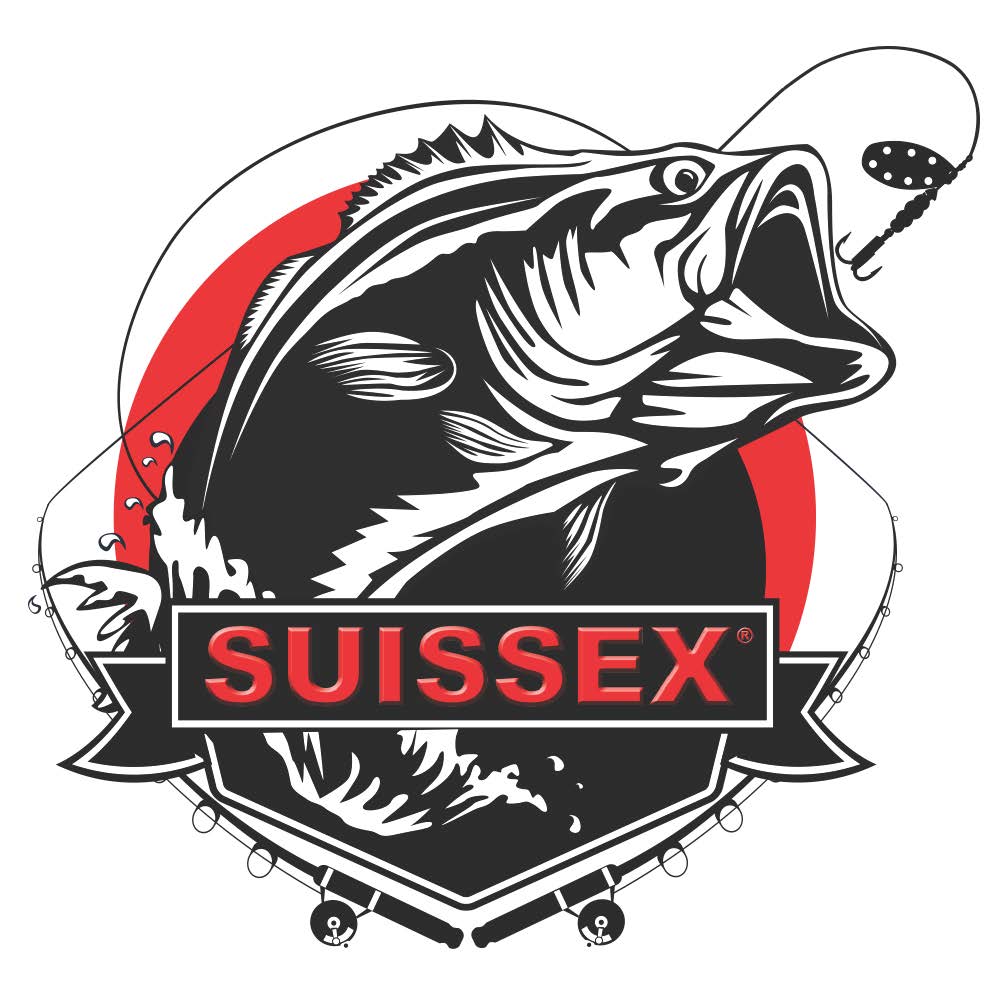Kayak Trolling for Musky Lake St. Clair Metropark Black Creek
A few years back, I had come a cross an article on Google talking about a musky fisherman that trolls from his Hobie kayak. I thought to myself, man I have to try that one of these days, that sounds like a lot of fun. Here I am few years later, basically getting one of the biggest tiger musky if not the biggest fire tiger ever trolling off my new Hobie Mirage Passport 12 kayak. It's just so simple, Hobie already fabricated two holes in back of the kayak made specifically for holdng your rods, just slip them in and all you have to do next is pedal, lol.
Of course the very first musky lure I wanted to try trolling is the Strike King 8.0 Magnum, by no surprise to me that I ended up getting a strike within the first 10 minutes, wonder how big that musky was or if it was the same tiger musky? I had a few other fishermen tell me on my YouTube channel they think it was a different musky. Well, few minutes later, wham!!! Rod is dunked down, first I thought I had hit a huge patch of weeds, nope!!! A big old fire tiger musky, the head on that thing was real. Comparing my head to it's head, you can tell that tiger musky has the great genetics to become a 50 incher. I didn't even bother trying to measure it, not like I would do that anyway, I got her back in the water immediately and she took off no problem.
What a great way to start off my first kayak expedition at legendary Lake St. Clair! Next time, I'm going to have to be in a standstill, before I do my intro lol, never did I think that I'd get a two musky bites and land one in just a matter of 10 minutes on my first very expedition. As I yelled in an exciting way in this video, "it works," yes, this musky fishing tactic from the kayak works extremely well. But I don't think it's all in the kayak, I think it's the combination of using an effective musky lure like the Strike King 8.0 with the Hobie that makes it so darn effective, this squarebill crankbait is just magical. And what's nice is, if you stop and need a break, the crankbaits just float to the surface staying away from the bottom and weeds, while a buctkail spinner would sink and pickup weeds.
If you're short on money to buy a boat, don't count out a Hobie Kayak. And honestly, there's a lot of things a Hobie can do that a boat can't. Like getting into very shallow water tighter places, like the marsh area in Black Creek at Lake St. Clair Metropark. Any time I try going down canals and marinas at Lake St. Clair, I always get yelled at other boaters when I'm trying to use my trolling motor, it's kind of hard to stay out of their way. With the Hobie, since it's a lot smaller, you can easily navigate out of there way, even stay to the side of the breakwall as they pass you. Again, getting into a tighter places is no problem.
You really have to be careful going out on a kayak out on the main lake, especially on a lake like St. Clair. Wind can change within seconds and the pedal back could be a challenge, kayaks have tendency to flip, so I highly recommend getting the extra 2 feet and getting a 12 footer for more stability. I can't really standup well in my Mirage Passport 12, but those extra 2 feet give me the stabilization I need on a tad bit rougher water.
I really can't wait to get out there again and try trolling at different locations. You really have to try different tactics and strategies every time you try trolling for musky. If you're trolling a bay or canals, look for openings or intersections, trying doing circles, work the breakwalls along with the mouths, even out in the midddle. Musky will act differently on a daily basis, sometimes they'll be in tight feeding on smaller fish right next to the breakwall. Sometimes they'll be out in the middle of the bay or canal feeding on bigger fish. Sometimes they stay grouped up feeding on schools of baitfish at the intersections or mouths of the canal or river. You have to work all the areas, once you find one, most likely there will be more in the area, hence "grouped." Musky don't school up, but they do tend to all be in a similar area feeding on the same thing, so I like to use the word grouped instead of schooled up, they're just more spread apart in the same area.
I'll also be doing live feeds from time to time, which can be an opportunity for both you and me to take notes what times the musky are biting, making a timestamp on YouTube and then taking the opportunity to replicate that in the future. The first two musky hit right after the first 2 hours of daybreak, then they shut down for four hours. So this tells me, that the first hour or two is vital for musky fishing, just like the last couple of house before dusk in the evening. These are prime time feeding conditions for musky fishing. It's vital to get out to the boat launch right at dark!
It's not easy catching all the esox species that a great lake like St. Clair holds, but I managed to do so in one day, trolling in my Hobie Kayak. Goes to show, you can cover a lot of water and increase your chances of catching multi-species if you're into that sort of thing. I still love catching pike as well, especially if they're a big northern pike.




